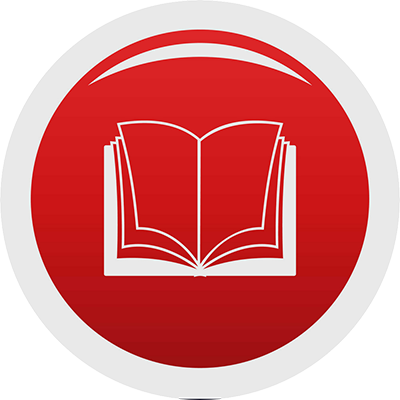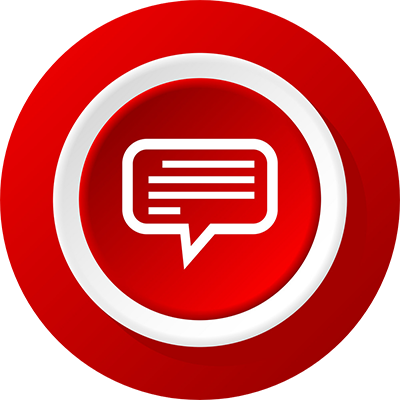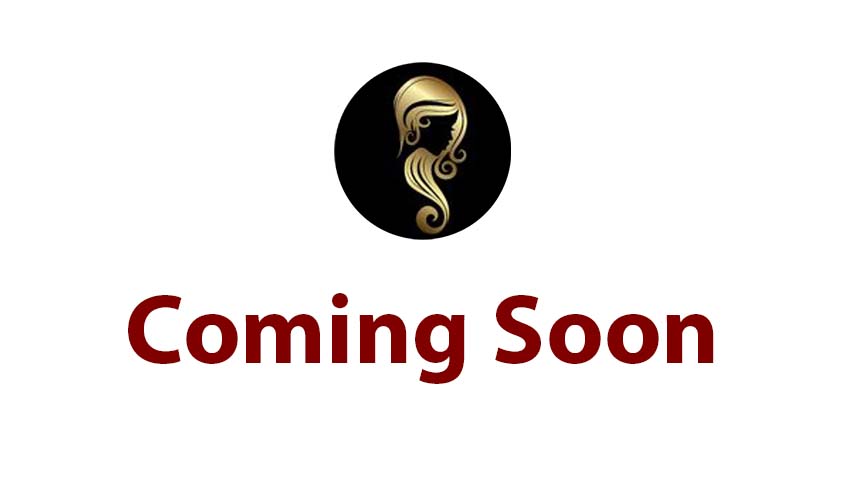In today's digital-first enterprise landscape, intelligent automation is not just an innovation—it's a necessity. Chatbots, powered by artificial intelligence (AI), have evolved from simple rule-based responders to dynamic, context-aware assistants capable of handling complex workflows. However, as enterprises increasingly integrate these chatbots into mission-critical systems, there is a growing need to prioritize security, compliance, and customization.
Enterprises often operate in regulated industries—finance, healthcare, legal, and government—where strict adherence to compliance standards such as GDPR, HIPAA, SOC 2, or ISO 27001 is mandatory. Consequently, building a secure and compliant custom chatbot architecture isn't just about functionality. It's about safeguarding data integrity, privacy, and trust while delivering enterprise-grade performance.
This blog delves into the pillars of designing a secure and compliant chatbot architecture, tailored for complex enterprise ecosystems.
Understanding Enterprise Chatbot Requirements
High Availability and Reliability
Enterprise systems demand 24/7 availability. A chatbot failure can disrupt customer service, internal operations, or even compromise mission-critical workflows. Hence, the architecture must be built with redundancy, auto-scaling, and failover mechanisms.
Advanced Data Handling
Enterprise chatbots process vast volumes of structured and unstructured data. This includes sensitive information such as customer records, billing details, or confidential reports. A secure chatbot must have robust encryption protocols (in transit and at rest) and follow data minimization principles.
Multi-system Integration
An enterprise-grade chatbot should seamlessly integrate with CRM platforms, ERP systems, HRMS, cloud services, internal knowledge bases, and external APIs. The architecture must support secure APIs, token-based authentication, and granular access controls.
Key Components of a Secure Chatbot Architecture
1. Identity and Access Management (IAM)
IAM is foundational. The architecture must enforce multi-factor authentication (MFA), OAuth 2.0, and Role-Based Access Control (RBAC) to ensure that only authorized users and systems can interact with the chatbot or its backend services.
2. End-to-End Encryption
All data exchanged between users, APIs, and servers must be encrypted using TLS 1.2 or higher. Storage systems must employ AES-256 or equivalent encryption to ensure data remains protected even if compromised.
3. API Gateway and Firewalls
An API gateway can manage traffic, throttle malicious requests, and act as a checkpoint for all incoming/outgoing data. Combined with Web Application Firewalls (WAFs) and Intrusion Detection Systems (IDS), enterprises can guard against DDoS attacks, SQL injections, and other security threats.
4. Secure Hosting and Cloud Configuration
Whether hosted on-premise or on cloud platforms like AWS, Azure, or Google Cloud, secure configurations are vital. This includes virtual private clouds (VPCs), network segmentation, and least privilege access. Cloud-native security services like AWS Shield or Azure Defender add additional layers of protection.
Compliance Considerations in Chatbot Development
GDPR and Data Minimization
For European clients, GDPR compliance is critical. Chatbot architectures should anonymize or pseudonymize personal data, offer data portability, and allow users to delete their information upon request.
HIPAA for Healthcare
Chatbots used in healthcare must adhere to HIPAA regulations, which means implementing safeguards for Protected Health Information (PHI), conducting regular security risk assessments, and ensuring Business Associate Agreements (BAAs) with all vendors.
SOC 2 and ISO 27001 for SaaS Platforms
For SaaS providers, a chatbot must align with SOC 2 (Security, Availability, Processing Integrity, Confidentiality, Privacy) and ISO 27001 controls. Logging, auditing, and incident response play major roles here.
This is where an AI based chatbot development company with a proven compliance track record becomes instrumental in crafting secure solutions that stand up to regulatory scrutiny.
Architecting for Customization and Scalability
Modular Architecture
Design the chatbot in microservices or modular architecture so components (NLP engine, dialogue manager, integration layer, analytics module) can be updated independently. This allows better version control, faster bug resolution, and scalability.
NLP Flexibility
Use Natural Language Processing frameworks (like Rasa, Dialogflow, or Microsoft Bot Framework) that support custom intent training, multilingual processing, and contextual memory to tailor interactions as per enterprise needs.
Multi-Channel Deployment
Enterprises require chatbots across platforms—Slack, Teams, WhatsApp, web portals, and mobile apps. The architecture should include a channel adapter layer to standardize response formats and preserve consistency.
Monitoring, Logging, and Auditing
Continuous Monitoring
Real-time monitoring systems must detect anomalies such as suspicious login attempts, data exfiltration, or misuse of credentials. Integration with SIEM tools (e.g., Splunk, IBM QRadar) enhances detection.
Logging for Forensics
Logs should capture every user interaction, backend request, and system behavior. These logs must be immutable, time-stamped, and stored securely to assist in forensic investigations and audits.
Compliance Audits
The architecture should be audit-ready. From consent logs to encryption certificates, all necessary documentation and proof of compliance should be maintained for regulators.
Building for Disaster Recovery and Business Continuity
Backup and Failover Strategy
Implement automated backup strategies for conversation history, user data, and configuration files. Failover systems—active-passive or active-active—ensure the chatbot continues to function during infrastructure outages.
Incident Response Plan
Enterprises must have a documented and rehearsed incident response plan to address potential breaches. This includes containment, notification, remediation, and root cause analysis protocols.
Governance, Ethics, and Explainability
AI Governance
With increasing scrutiny over AI decisions, chatbot systems should provide transparency on how decisions are made. Log which intents triggered which responses and which rules/NLP components contributed.
Ethical Design
Avoid data bias, discriminatory language models, and intrusive data collection. Establish an internal review board for AI ethics, especially for bots deployed in HR, legal, or hiring functions.
Companies seeking transparency in AI systems often work with an AI development company in NYC that adheres to stringent ethical standards while delivering scalable enterprise solutions.
Case for Custom Over Off-the-Shelf Solutions
While off-the-shelf chatbot platforms offer quick deployment, they often fall short in areas like data residency, granular permissions, and system-level integration. Custom architecture gives enterprises:
Full control over security settings
Tailored compliance implementation
Adaptability for unique business processes
Scalability aligned with growth trajectories
Future-Proofing Enterprise Chatbots
AI Model Evolution
Architecture must support continuous learning, where chatbots get smarter based on user interactions, supervised feedback, and performance analytics. Deploying retrainable AI pipelines ensures chatbots remain relevant.
Federated Learning and Edge AI
For industries with sensitive data (e.g., finance or defense), federated learning enables AI models to train without centralizing data. Edge AI allows deployment on local servers, adding a layer of physical data sovereignty.
Conclusion
Securing and ensuring compliance in custom chatbot architecture is no longer a secondary concern—it's the foundation for enterprise trust, longevity, and user satisfaction. From robust encryption and regulatory adherence to ethical governance and modular design, building a secure chatbot system requires a multidisciplinary approach.
By focusing on long-term scalability, customization, and resilience, enterprises can deploy chatbots that not only enhance operational efficiency but also uphold the values of data privacy and trust.
Whether used for customer service, internal HR queries, IT support, or financial advisory, a secure and compliant chatbot architecture is a strategic investment in the future of enterprise communication and automation.































